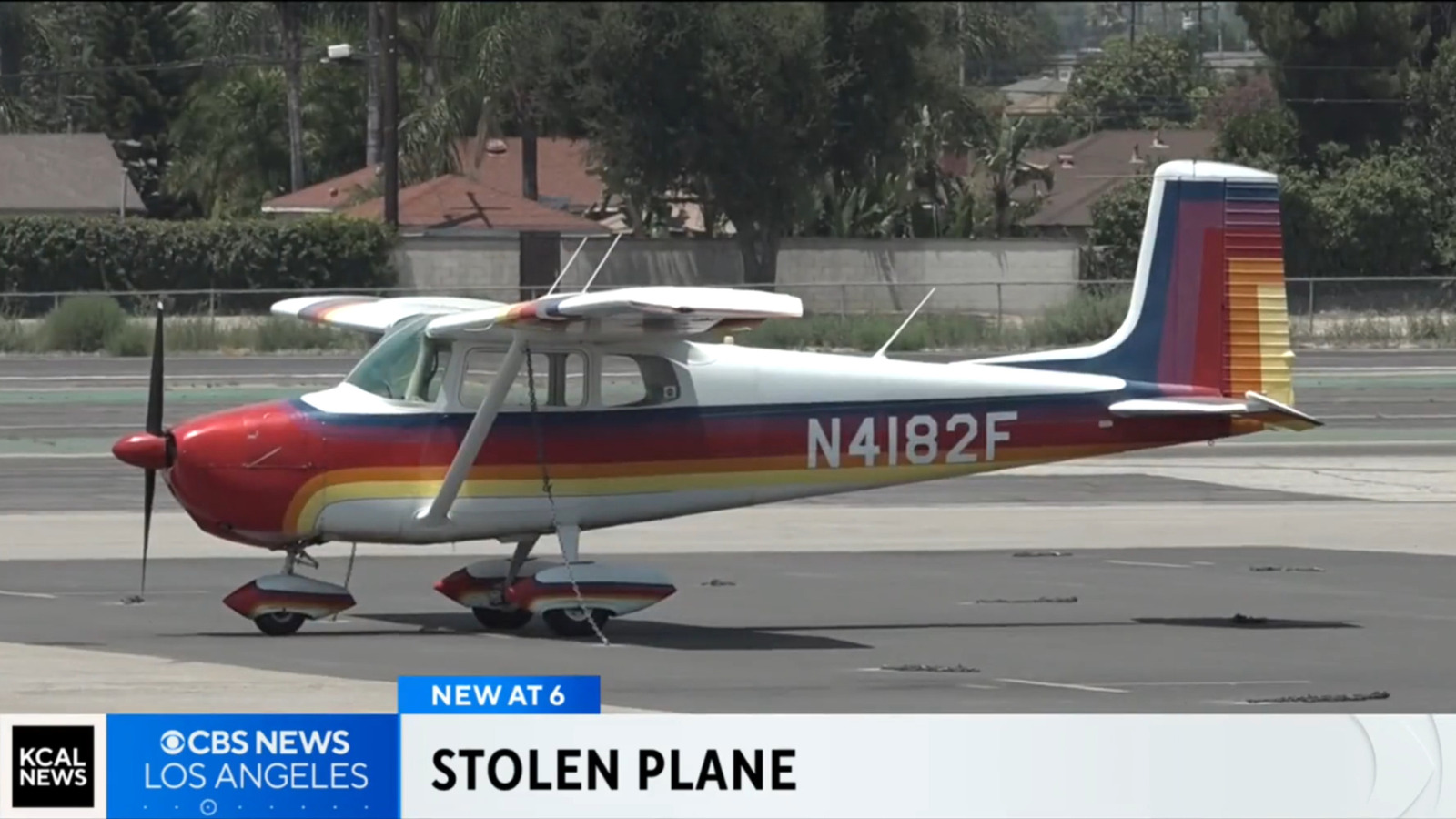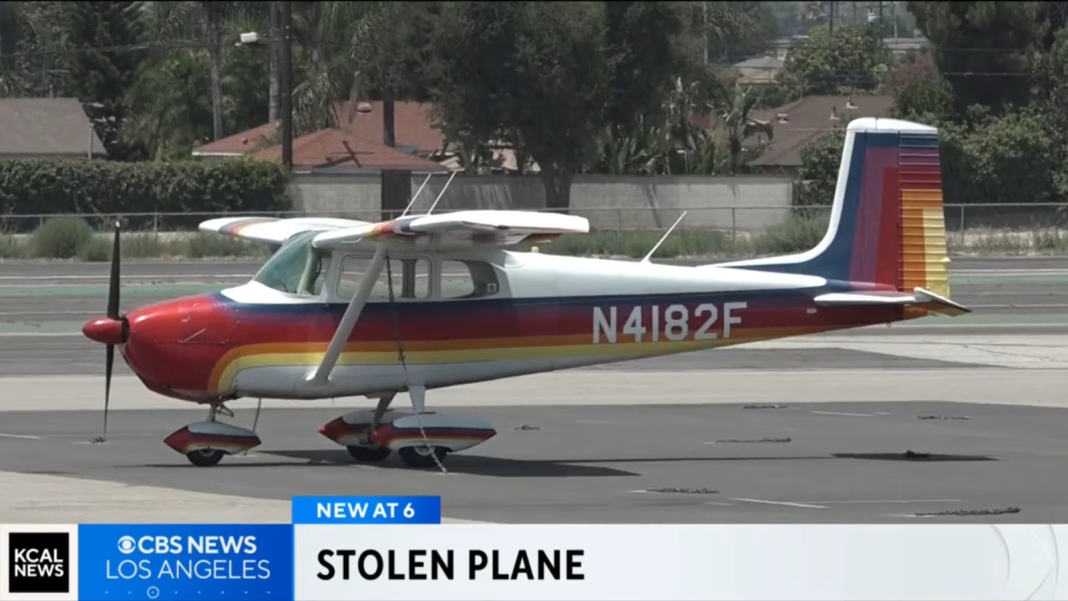How Could a Cessna 172 Get Stolen Twice in One Week?
If you’ve ever wondered just how secure small airports really are, the story of a single Cessna 172 being stolen not once, but twice in the same week from two different Southern California airports will make you pause. It’s the kind of tale that sounds like something out of a heist movie, but it’s all too real—and it raises some serious questions about general aviation security.
Are Small Airports Really That Vulnerable?
Unlike the bustling commercial terminals you see in major cities, general aviation airports often have a much more relaxed vibe. Think chain-link fences, a handful of security cameras, and maybe a sleepy security guard making rounds. According to the Aircraft Owners and Pilots Association, there are over 5,000 public-use airports in the United States, most of which cater to small private planes like the Cessna 172. Many of these facilities simply don’t have the resources for round-the-clock surveillance or high-tech access controls.
The Transportation Security Administration (TSA) has issued guidelines for general aviation security, but implementation varies widely. Some airports have keypad entry gates and badge systems, while others rely on little more than a padlock and trust. The result? Planes can be surprisingly easy targets for opportunistic thieves—especially if they’re familiar with airport routines.
How Easy Is It to Steal a Cessna 172?
Let’s break it down. The Cessna 172 is one of the most popular training and personal aircraft in the world. It’s beloved for its simplicity, reliability, and ease of use. But that simplicity can be a double-edged sword. In many cases, starting a Cessna 172 doesn’t require much more than a key (which is often left in the plane or stored nearby for convenience) and a basic understanding of the controls.
A 2022 report from the General Aviation Manufacturers Association noted that thefts of small aircraft remain rare, but when they do happen, it’s often due to lax procedures—unlocked hangars, unattended planes, and minimal oversight. In the recent Southern California case, it’s not hard to imagine how someone with a bit of nerve and know-how could slip in, start the engine, and take off before anyone noticed.
What Are the Real-World Risks of Aircraft Theft?
While the idea of someone joyriding in a Cessna might sound almost comical, the risks are anything but. Stolen aircraft can be used for smuggling, unauthorized travel, or even more nefarious purposes. The Federal Aviation Administration (FAA) and Department of Homeland Security both track incidents involving stolen planes, and while they’re rare compared to car thefts, the consequences can be far more severe.
There’s also the financial impact to consider. A Cessna 172 can cost anywhere from $100,000 to $400,000 depending on age and condition. For small flight schools and private owners, the loss of a plane—even temporarily—can be devastating.
Why Don’t We Hear About This More Often?
Aircraft thefts make headlines because they’re so unusual. According to the National Insurance Crime Bureau, fewer than 10 aircraft thefts are reported in the U.S. each year. Compare that to over 700,000 car thefts, and you get a sense of just how rare these incidents are. But rarity doesn’t mean it’s not a problem. In fact, the low frequency can breed complacency, making it easier for the occasional thief to succeed.
What Can Be Done to Prevent Future Thefts?
After incidents like this, airport operators and aircraft owners often scramble to tighten up security. Simple steps can make a big difference: removing keys from unattended planes, locking hangar doors, installing motion-activated cameras, and conducting regular patrols. Some owners go a step further with GPS tracking devices or engine immobilizers, though these aren’t yet standard.
Industry experts like John King of King Schools recommend a layered approach—combining physical barriers, procedural changes, and community awareness. Local pilots are often the best line of defense, since they know what’s normal and can spot suspicious activity quickly.
Is There a Bigger Lesson Here for Aviation Security?
Absolutely. The double theft of a single Cessna 172 in one week is a wake-up call. It highlights the need for a cultural shift in how general aviation views security. Convenience is great, but it shouldn’t come at the expense of safety. As more people take to the skies for recreation and business, the industry will need to balance openness with vigilance.
The big takeaway? Protecting small aircraft isn’t about perfection—it’s about smarter adjustments. Start with one change this week, and you’ll likely spot the difference by month’s end.


